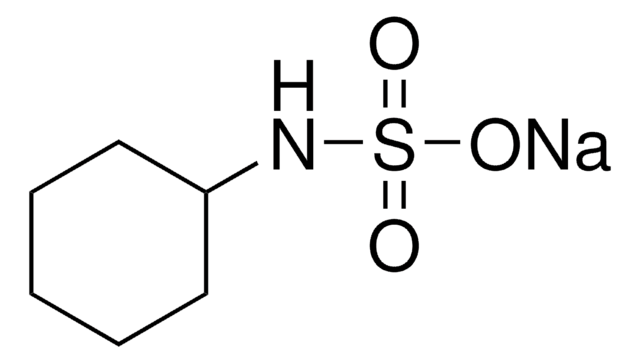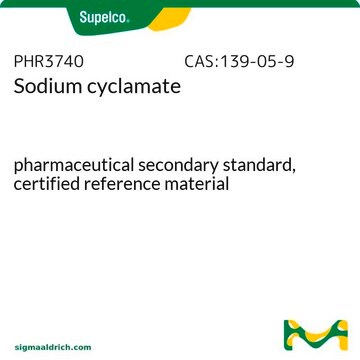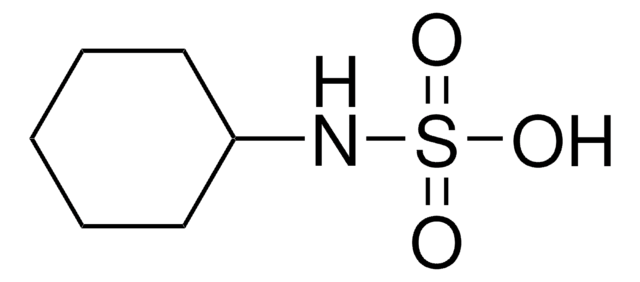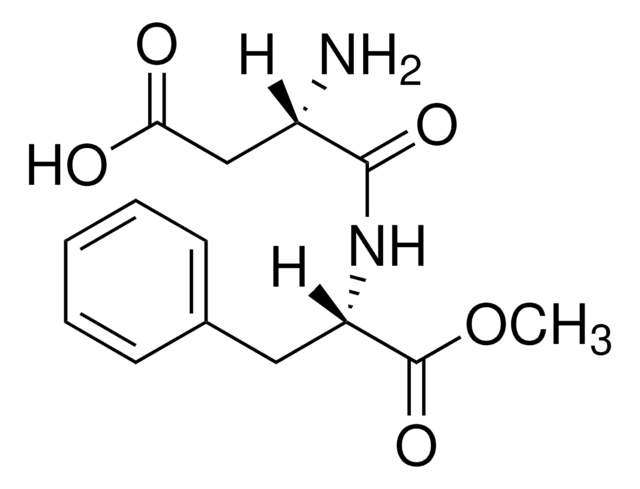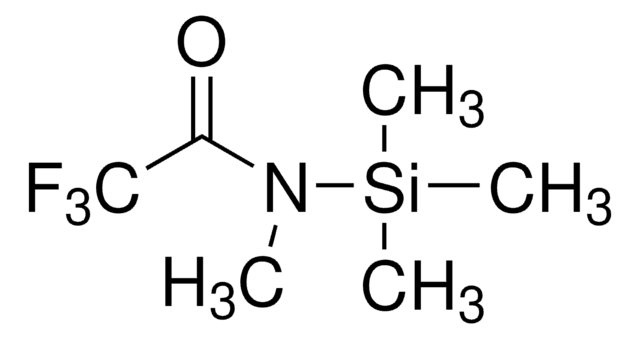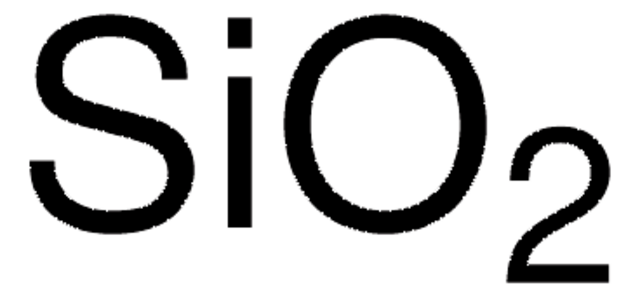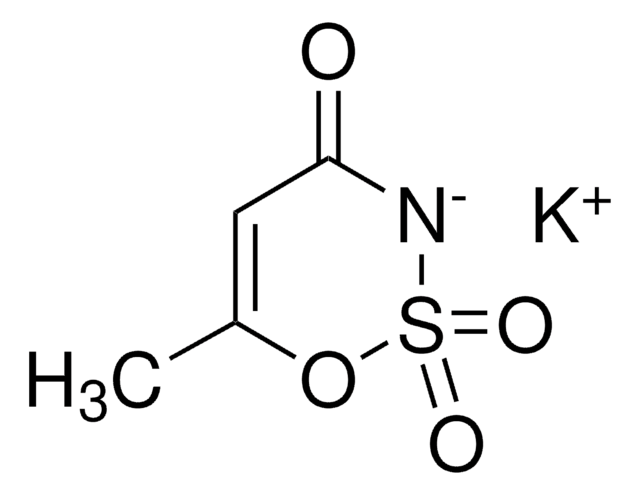71440
Sodium N-cyclohexylsulfamate
≥99.0% (T)
Synonym(s):
N-Cyclohexylsulfamic acid sodium salt, Cyclamic acid sodium salt, Cyclohexanesulfamic acid sodium salt, Sodium cyclamate, Sodium cyclohexanesulfamate
About This Item
Recommended Products
Quality Level
Assay
≥99.0% (T)
form
flakes
sweetness
30 × sucrose
loss
≤1.0% loss on drying
mp
>300 °C (lit.)
SMILES string
[Na+].[O-]S(=O)(=O)NC1CCCCC1
InChI
1S/C6H13NO3S.Na/c8-11(9,10)7-6-4-2-1-3-5-6;/h6-7H,1-5H2,(H,8,9,10);/q;+1/p-1
InChI key
UDIPTWFVPPPURJ-UHFFFAOYSA-M
Looking for similar products? Visit Product Comparison Guide
Biochem/physiol Actions
Storage Class Code
11 - Combustible Solids
WGK
WGK 2
Flash Point(F)
Not applicable
Flash Point(C)
Not applicable
Personal Protective Equipment
Choose from one of the most recent versions:
Already Own This Product?
Find documentation for the products that you have recently purchased in the Document Library.
Customers Also Viewed
Our team of scientists has experience in all areas of research including Life Science, Material Science, Chemical Synthesis, Chromatography, Analytical and many others.
Contact Technical Service